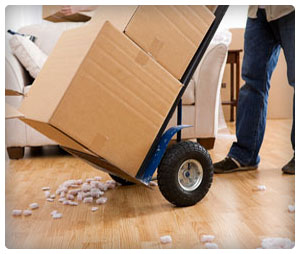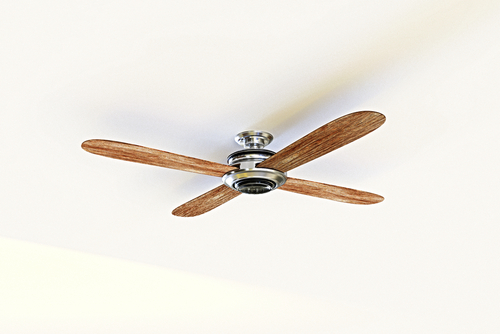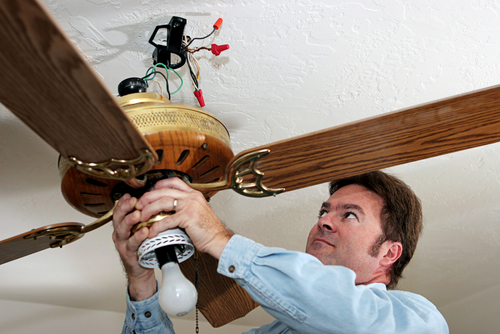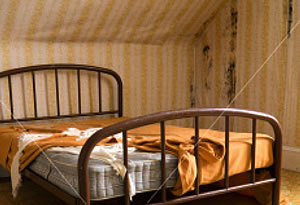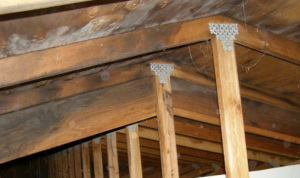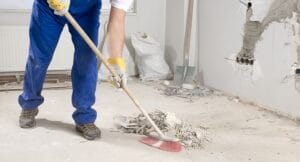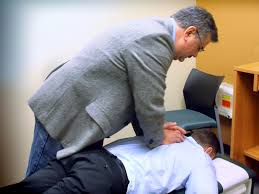How to Start a Profitable Home Business as a Party Planner
There are several opportunities to make money in the event planning business to include selling party supplies, renting equipment, and even decorating the venue.
If any of these ideas sound appealing to you, then keep reading to learn how you can start a successful home-based business as a party planner in five simple steps.
However, before getting started in this business you’ll definitely have to consider your current skills and qualifications.
A few skills that are required for success as an event planner include being able to multi-task, excellent communication skills and time management.
If you’re confident in your abilities to work under pressure and meet deadlines despite obstacles, then a career in event planning can be very fulfilling.
Below you’ll find additional steps required to help you jump-start your party planning business.
1. Gain experience by volunteering.
If you lack experience in party planning, you can build a portfolio pretty quickly by volunteering as an event planner for your local non-profit organizations and charities.
By volunteering, you’ll be able to really gauge your interest in pursuing event planning as a full-time gig plus you’ll receive invaluable hands-on experience that can really come in handy when organizing larger and more complex events later in your career.
2. Get certified.
Although formal education isn’t required to become an event planner, becoming certified will definitely give you an edge when competing against your competitors and marketing your services.
You can become a certified meeting professional through the Events Industry Council (EIC).
3. Create a business and marketing plan.
Before you begin to market your services, you’ll want to create a business plan on how you’ll want to operate.
Your business plan should included details on marketing, required tools and resources as well as the prices you’ll need to charge to reach your financial goals.
Having a clear cut plan detailing how to attract and keep clients is a wonderful start to any business, especially event planning.
4. Build a network.
Make it a goal to create a list of reliable contacts of individuals and companies that will supplement your business.
DJs, caterers, florists and photographers are just a few of the people that you should always have on call when planning events.
Go out of your way to introduce yourself to other event planners in your community as they can be a valuable source of opportunities especially if they have a full schedule and are unable to book events for themselves.
5. Get involved in your community.
If you want people to know that you’re in business, you have to be involved in your community.
Attend town hall meetings, fundraisers and school events and come prepared with marketing materials to hand out.
Seize every opportunity to introduce yourself and your services. You never know when someone may be in need of your help and being present may be all it takes to get your first client.

How to Start a Party Planning Business with Little to No Money
Come to terms with unavoidable party expenses
First, the reality: at minimum good party has entertainment, food and drinks, decor. All of these things cost money. You may also need capital to secure a venue and for certain small-business expenditures like insurance and licensure.
Write down every expense you can think of and put them in order of priority. This will help you streamline and strike out any “nice to haves” you can add in later, once you start making real money.
In the initial planning stages, your party-planning budget might be half-baked, but even projections or estimations are better than nothing.
Write down realistic revenue projections
Defining the value of your event means putting it into dollars and cents. Your revenue projections are your proofpoint that your party planning business will make money.
Will you be selling tickets? If so, how many do you think you can sell per event? Consider a pricing strategy that includes different types of tickets, such as early bird tickets, VIP tickets, and tickets to “after parties.” Using an event ticketing platform will give you easy access to your ticket revenue for each party you throw, and for your overall business.
Make sure you consider any other income streams your parties will bring in. For instance, will you be selling merchandise? Will there be a cash bar? Will you charge for food?
Make a pitch for initial funding
Once you know your numbers, you may realize you have tone down the level of Gatsby at your first party. Or — better idea — find investors to help you pay for it. These might include sponsors, partners, or your crazy rich aunt.
Regardless of who you are trying to convince, you’ll need some numbers to prove your idea — a comprehensive list of all your expenses, also known as a budget. Use facts and figures to convince investors that your first soirée has the chops to evolve into a full-fledged party planning business.
Invest the revenue you have wisely
Play it right and you may only need to raise funds for your very first party. Then, reinvest the revenue you make from that event, in growing your party planning business to stretch every dollar further.
Use your ticket revenue to:
- Pay vendor bills in a timely way: Your catering and floral art can make or break your party. Keep your relationships with vendors in good standing by paying them on time.
- Put money into your marketing: Let more people know about your parties, and you sell more tickets. Sell more tickets, and you have more money to put into your marketing. It’s a virtuous cycle.
- Lock in the next event: Competition for venues can be intense. Use your earnings to put a down payment on your dream venue for next year so you can start party planning early.
Unlock the true potential of your party planning business
Never let a lack of cash flow squelch your party planning dreams. Your initial financial planning will pay off as you scale up your business to celebrate with more and more guests.

Financing Your Party Planning Business
Starting a party planning business can be cost effective especially if you choose to run the business from your home, share office space with a friend or make use of virtual office. Securing a standard office is part of what will consume a large chunk of your start – up capital, but if you choose to start the business on a small scale with an office from your home, you may not have the need to go source for fund to finance the business because you can finance the business from your savings.
No doubt when it comes to financing a business, one of the first thing and perhaps the major factors that you should consider is to write a good business plan. If you have a good and workable business plan in place, you may not have to labor yourself too hard before convincing your bank, investors and your friends to invest in your business.
Here are some of the options you can explore when sourcing for start – up capital for your party planning business;
- Raising money from personal savings and sale of personal stocks and properties
- Raising money from investors and business partners
- Sell shares to interested investors
- Applying for Loan from your Bank / banks
- Pitching your business idea and applying for business grants and seed funding from donor organizations and angel investors
- Source for soft loans from your family members and your friends.

Choosing a Suitable Location for your Party Planning Company
Even though you can operate your party planning business from your home, it does not mean that a location has little influence on the success of this type of business. If you have taken your time to study the event planning cum party planning industry, you will realize that party planning companies are always located around busy business districts especially party planning companies that specializes in corporate parties and big time clients.
So, if you are looking for a location for your party planning company, ensure that it is a place that is located in the hub of business in your city, a place that is visible and easily accessible. Of course you would not want to locate this type of business in the outskirt of town. Your clients should be able to drive down and locate your office with little or no difficulty.
Having said that, these are some of the factors that you should consider before choosing a location for your party planning company;
- The demography of the location
- The nature of business activities in the location
- The purchasing / spending power of the residence of the location
- Accessibility of the location
- The numbers of event planning or party planning companies in the location
- The local laws and regulations in the community / state
- Traffic, parking and security et al
Marketing ideas and Strategies for a Party Planning Business
People and organizations will hire your services as a party planner to help them handle all their parties if they know that they are going to get value for their money which is why you should have done your proper homework and be ready to deliver excellent party events when contracted.
So, when you are drafting your marketing plans and strategies for your party planning company, make sure that you create a compelling personal and company’s profile. Aside from your qualifications and experience, it is important to clearly state in practical terms what you have been able to achieve in time past as it relates to helping people and corporate organizations handle their parties from the planning stage through to the execution of the party.
This will help boost your chances in the market place when sourcing for contracts from corporate organizations and government agencies. Please note that you when you bid for contracts from corporate organizations, you will be called upon to defend your proposal, which is why you must add presentation skills as part of your marketing skills.
Here are some of the platforms you can utilize to market your party planning company;
- Introduce your business by sending introductory letters alongside your brochure to all the corporate organizations and businesses in the United States ( if you are just starting out as an independent event planning business, you may want to concentrate on individual clients)
- Promptness in bidding for party planning contracts
- Advertise your business in relevant entertainment magazines, local radio stations and TV stations (make yourself available for related talk shows and interactive sessions on TV and Radios)
- List your business on local directories / yellow pages (both online and offline)
- Attend relevant event planning expos, seminars, and business fairs et al
- Create different packages for different category of clients in order to work with their budgets
- Leverage on the internet to promote your business (when you blog regularly on key issues as it relates to party and event planning, people will consider you an expert in the field and would want to do business with you)
- Join local chambers of commerce around you with the main aim of networking and marketing your services; you are likely going to get referrals from such networks.
- Engage the services of marketing executives and business developers to carry out direct marketing for you especially if you can afford it.

